Siemens Indication and signalling lamps

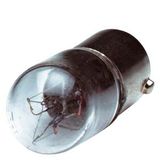
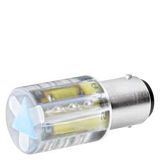
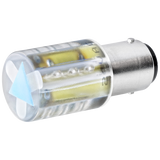
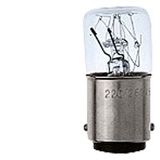
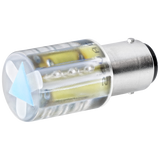
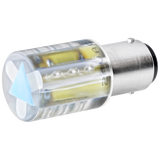

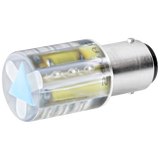
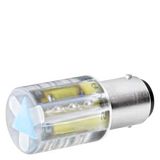

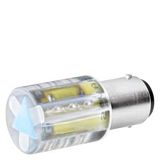
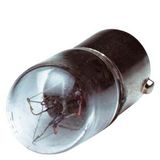
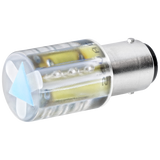

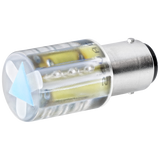


siemens indication lamps Application scope and brand context
Control rooms, machine fronts, and MCC doors live or die by clear status feedback. Siemens focuses on repeatable optics, sealed fronts that survive washdowns, and terminations that don’t loosen after a few thermal cycles. Families span classic BA9s/E10 lamps and modern LED pilot devices, with mounting diameters commonly 16, 22, and 30 mm to match your existing cut-outs. Voltage options cover 6/12/24/48 V DC and 110/230 V AC; front IP to IP65/IP67 is available when paired with the correct bezel and gasket. Lumen output and chromaticity are stable across temperature, so red still looks red at −25…+70 °C.
siemens indicator lights Range and construction
You’ll see two build logics on drawings: modular and monoblock. Modular units let you choose lens, LED/light module, and contact block separately—handy when one plant standardizes on 24 V DC but another uses 230 V AC. Monoblocks speed panel builds where SKU count matters. Lenses come flush, domed, or mushroom; colors per EN 60073 (red—emergency/stop, yellow—abnormal, green—normal, blue—mandatory action, white—general). LED light modules quote L70 ≥ 50–100 k h at rated Tc with ripple-suppressed drivers to minimize flicker on DC rails. Typical terminals accept 0.5…2.5 mm²; cage-clamp variants handle vibration better on presses and conveyors. Front rings in polyamide or metal reach IK07 impact; tightening torques are published so bezels don’t creep in soft doors.
Other Siemens products
siemens control panel indicators Technical specifications and standards
Conformity aligns to IEC/EN 60947-5-1 for low-voltage controlgear. Light modules meet SELV rules where applicable; EMC immunity per EN 61000-6-2 keeps nuisance glow off noisy VFD lines. Front protection is IP65/IP67, rear usually IP20. Dielectric strength 2.5–3 kV (series dependent). Ambient −25…+70 °C, storage −40…+80 °C; altitude derating curves are provided. Typical steady current for 24 V DC LEDs sits around 8–20 mA; AC modules integrate rectifier/resistor packs to maintain brightness over 50/60 Hz. For legacy lamp-based carriers, BA9s or T5 wedge options are available up to 2 W; keep spare lamps off the same BOM as the lens to avoid mismatches.
siemens signal lights Applications and compatibility
Machine mains, pump skids, and HVAC AHUs need unmistakable states. Use green “RUN,” yellow “FAULT,” red “TRIP/STOP,” blue “ACK/RESET,” and white for power or general indications; that color map passes most audits without debate. For outdoor kiosks and water plants, specify IP67 fronts and stainless bezels; for pharma and food, pick smooth-face lenses to shed residue. On lines with frequent state changes, choose high-efficiency optics rather than oversizing brightness—operators read faster when glare is controlled and viewing angles are ≥60°. Text legends and symbol caps snap under the ring; backlit tags improve identification in dim bays. If your spec mentions siemens signaling lamps, call out voltage, color, lens type, and mounting diameter at each tag so procurement can lock the exact module.
Integration with Siemens distribution and controls
Panels fed by SENTRON breakers benefit from inrush-friendly LED modules that won’t trip B-curve feeders when a row lights at once. Where safety logic runs on S7/ET 200, route auxiliary contacts from adjacent selector switches and e-stops separately from the pilot-light commons to keep diagnostics clean. In VFD cabinets, segregate the indicator harness from motor leads and cross at 90°; immunity is good, but cable discipline still pays. For field posts, combine beacons with stack elements and buzzers on a single base; the same mounting hardware serves both siemens visual signal devices and compact pilot lights at the door.
Selection criteria for B2B clients
Start with the standard: IEC/EN 60947-5-1 device, EN 60073 color semantics, and your site legend set. Fix mounting diameter and door thickness (22 mm through 1…6 mm is common). Choose LED vs lamp: LED wins for life and low heat; lamp carriers help where dimming with AC autotransformers still exists. Define voltage and supply type; DC rails reduce flicker and ease parallel indication. Confirm front IP/IK for the area, then pick lens geometry by sightline—mushroom for distance, flush for flat doors. Check terminal system against wire type (ferruled vs bare stranded). For serviceability, keep one light module voltage across the site; that trims van stock. If the spec references siemens pilot lamps, verify the brightness class and legend text height so operators can read at the intended distance.
Product range notes and cross-references
Stackable towers, panel beacons, and compact heads round out the same ecosystem; where audible alerts are needed, match sounders to 24 V DC rails and keep current budgets honest. For mating parts, see Bankoflamps categories for Siemens plugs and distributors (temporary power), Siemens lighting accessories (holders, connectors), and Siemens lamps (sources for luminaires). In portable panels, coded connectors and IP-rated glands keep indicator wiring segregated from feeders.
Advantages of working with Bankoflamps
We translate color maps, lens types, voltages, and cut-outs straight from your schematics, then surface live EU warehouse stock before shutdown windows are fixed. Quotes return in about an hour with EAN/MPN, front IP/IK, terminal ranges, and legend codes specified, so substitutions don’t creep into FAT. Your portal shows lead times, order status, and downloadable price lists with validity dates. Approved partners can use post-payment up to 30 days. We consolidate by panel face or line section to cut freight and site sorting. Your account manager checks EMC exposure, stack heights, door thickness, brightness class, and labeling against drawings—so crates arrive build-ready and electricians terminate once.